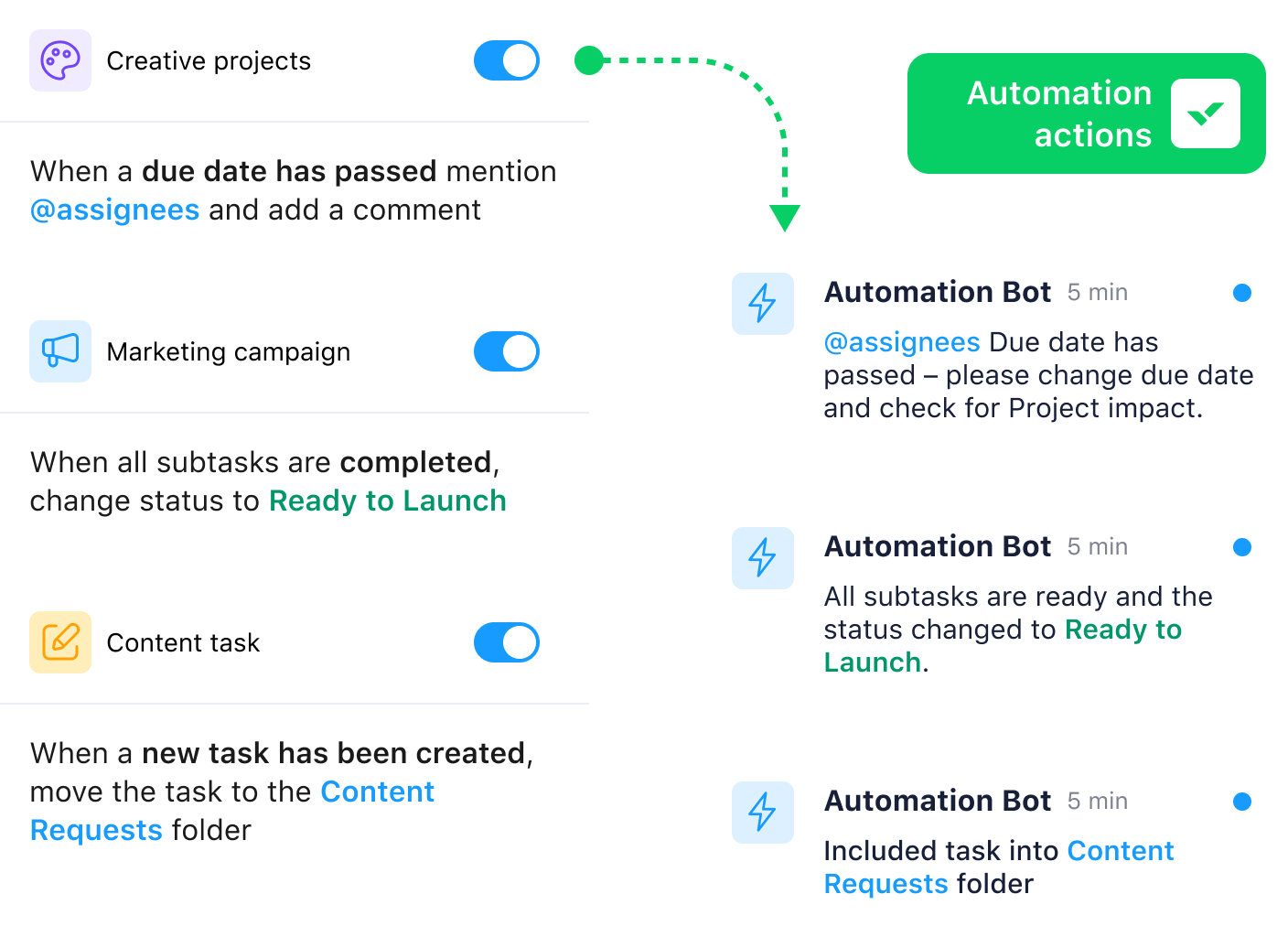- 1. What Is the Scrum Methodology?
- 2. Guide to Scrum Sprints
- 3. Scrum Sprint Planning
- 4. The Complete Guide to Scrum Ceremonies
- 5. The Ultimate Guide to Sprint Retrospectives
- 6. Daily Scrum Meetings
- 7. Scrum of Scrums Meeting
- 8. Introduction to Scrum Team and Roles
- 9. What Is a Scrum Product Owner?
- 10. What Is a Scrum Master?
- 11. Scrum Project Management Software
- 12. A Complete Guide to Scrum Boards
- 13. Scrum Glossary
- 14. FAQs
- 1. What Is the Scrum Methodology?
- 2. Guide to Scrum Sprints
- 3. Scrum Sprint Planning
- 4. The Complete Guide to Scrum Ceremonies
- 5. The Ultimate Guide to Sprint Retrospectives
- 6. Daily Scrum Meetings
- 7. Scrum of Scrums Meeting
- 8. Introduction to Scrum Team and Roles
- 9. What Is a Scrum Product Owner?
- 10. What Is a Scrum Master?
- 11. Scrum Project Management Software
- 12. A Complete Guide to Scrum Boards
- 13. Scrum Glossary
- 14. FAQs
Scrum project management software: What you need for Agile
Scrum is a project management framework that helps teams plan, prioritize, and deliver complex work in iterative cycles. It’s one of the core methods of Agile project management. So, like Kanban and the Extreme Programming method, it’s defined by clear roles, fixed events, and a set of artifacts. Together, these help teams improve their work from cycle to cycle.
Scrum is also widely used. Many project managers apply Scrum principles to their projects — or at least they attempt to. The problem is that to get all the benefits of a true Scrum framework, you need more than a loose understanding of Agile; you need tools to manage your backlogs, prepare productive standups, and support the role-based collaboration that drives your sprints forward. Most importantly, you need to know that your Scrum project management software will help your team to learn from experience.
When managers try to implement Scrum with generalist project management tools, they often run into problems trying to customize them to fit their needs. That’s why I’ve put together this guide.
Here, I’ll explain how to find software that’s been built from the ground up with Scrum project management in mind.
I’ll start with a checklist of must-have features. Then, I’ll take a closer look at how Wrike, our work management platform, fits the bill for Agile teams and takes them from sprint planning to the final retrospective with ease. Finally, I’ll show you how to implement Scrum best practices once your new project management software is up and running.
Key takeaways
What features should teams look for in Scrum project management software?
Effective Scrum tools support Agile task management, role-based collaboration, backlog organization, and real-time reporting. Look for platforms that offer customizable Scrum boards, automation for sprint workflows, and visual tools like burndown charts to keep teams aligned and informed.
Why is industry fit and usability important when choosing Scrum software?
While Scrum originated in software development, it’s now used across industries like marketing, product design, and human resources (HR). Teams should choose tools that match their industry needs, offer user-friendly interfaces, and integrate smoothly with existing workflows to ensure high adoption and consistent collaboration.
How can Scrum teams maximize the value of their software tools?
Scrum teams can get the most out of their tools by regularly grooming backlogs, tailoring dashboards to sprint goals, using automation to prepare for key ceremonies, and continuously evolving their workflows based on retrospective feedback and real-time project insights.
What to look for in Scrum project management software
There are three guiding principles in Scrum project management:
-
Transparency: All aspects of the project, from the initial task list to the final reports, are accessible to everyone involved in a Scrum project. That’s why Scrum teams use artifacts — product and sprint backlogs and a burndown chart — to make this information visible and keep it up to date.
-
Inspection: Both the deliverables from the sprint and the Scrum process itself are continually reviewed, so the team can identify and solve emerging issues.
-
Adaptation: The Scrum team experiments with both the deliverables and their Agile workflow and makes changes in response to the problems or opportunities they find.
These three ‘pillars’ mean Scrum teams start each sprint cycle expecting to learn from the experience. They’re also prepared to apply those lessons as early as the next sprint cycle.
And when it comes to project management software, this means the best Scrum tools are the ones that prioritize:
- Team collaboration and communication
- Reporting and risk management
- Flexibility and customization
So, when you start to look for the best project management software for your Scrum team, it makes sense to compare your options based on the following five criteria.
1. Ease of use
Let’s be upfront: Some Scrum tools have a steep learning curve. This is often because they were built by software developers, for software developers.
But the fact remains that Agile methodology isn’t just for tech teams used to coding their own solution. You’ll discover a range of user interfaces when you start to compare Scrum tools, and it’s important to find one that fits your team’s skills and preferences.
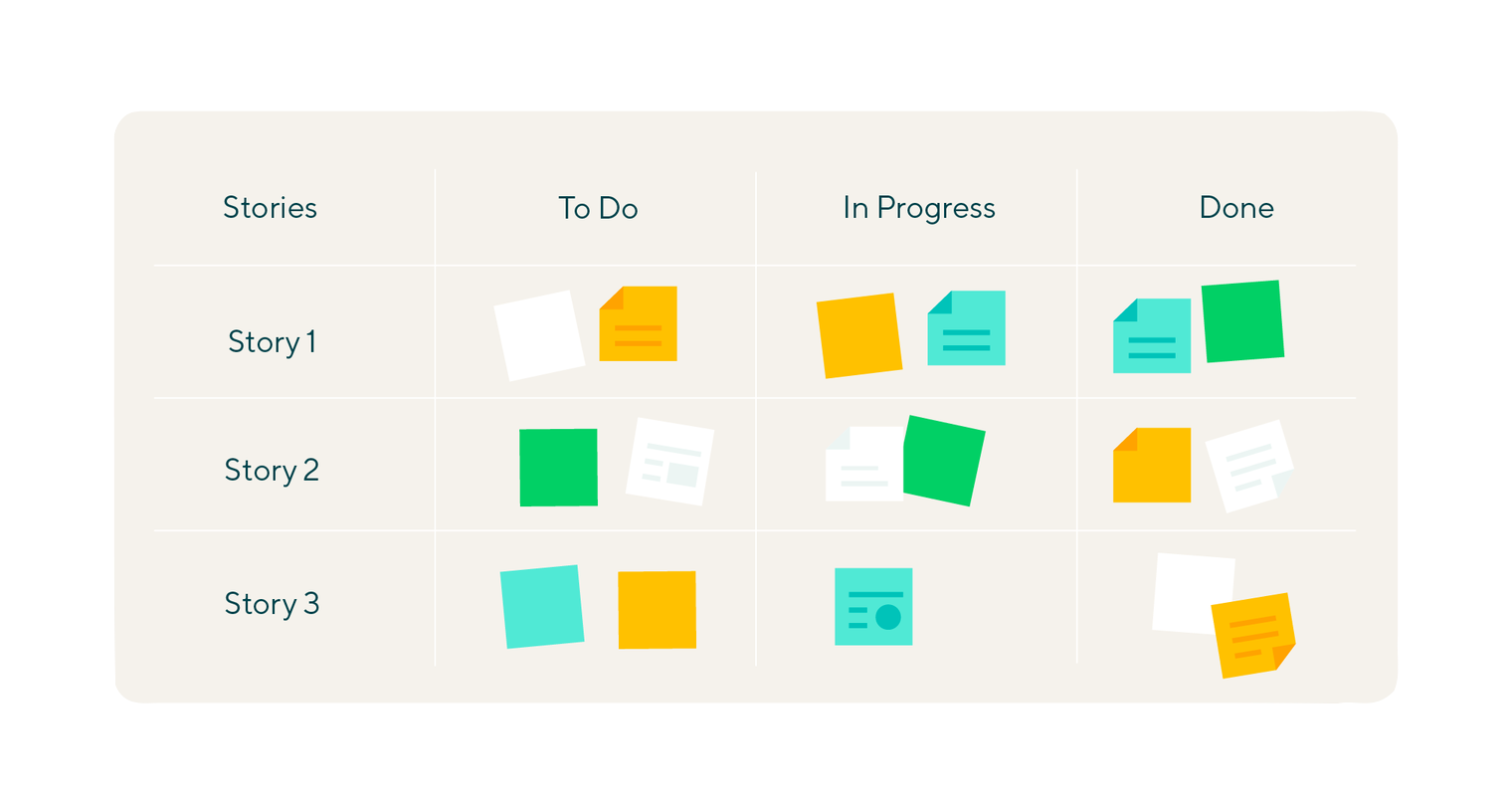

Ease of use can also come down to finding a platform that puts all your Scrum management tools in one place. If you expect your team to work with multiple programs during a sprint — like a Kanban board tool, backlog management apps, and a separate messaging platform — you slow your process down and make it harder to maintain a real-time overview of your work.
Ultimately, if the software isn’t user-friendly, it’s probably not the best choice for your team members.
This is even more critical for Agile teams because the wrong software leads to low adoption rates, which makes it harder to meet your goals in terms of improving collaboration.
2. Industry fit
As I said above, Scrum is strongly associated with Agile software development. But the Scrum framework is just as effective for projects in other industries.
Marketing teams can use sprints to power through batches of content, for example. Agile principles are core to many product development teams. And even departments like finance or human resources can audit their work or review areas of policy using a cyclical approach.
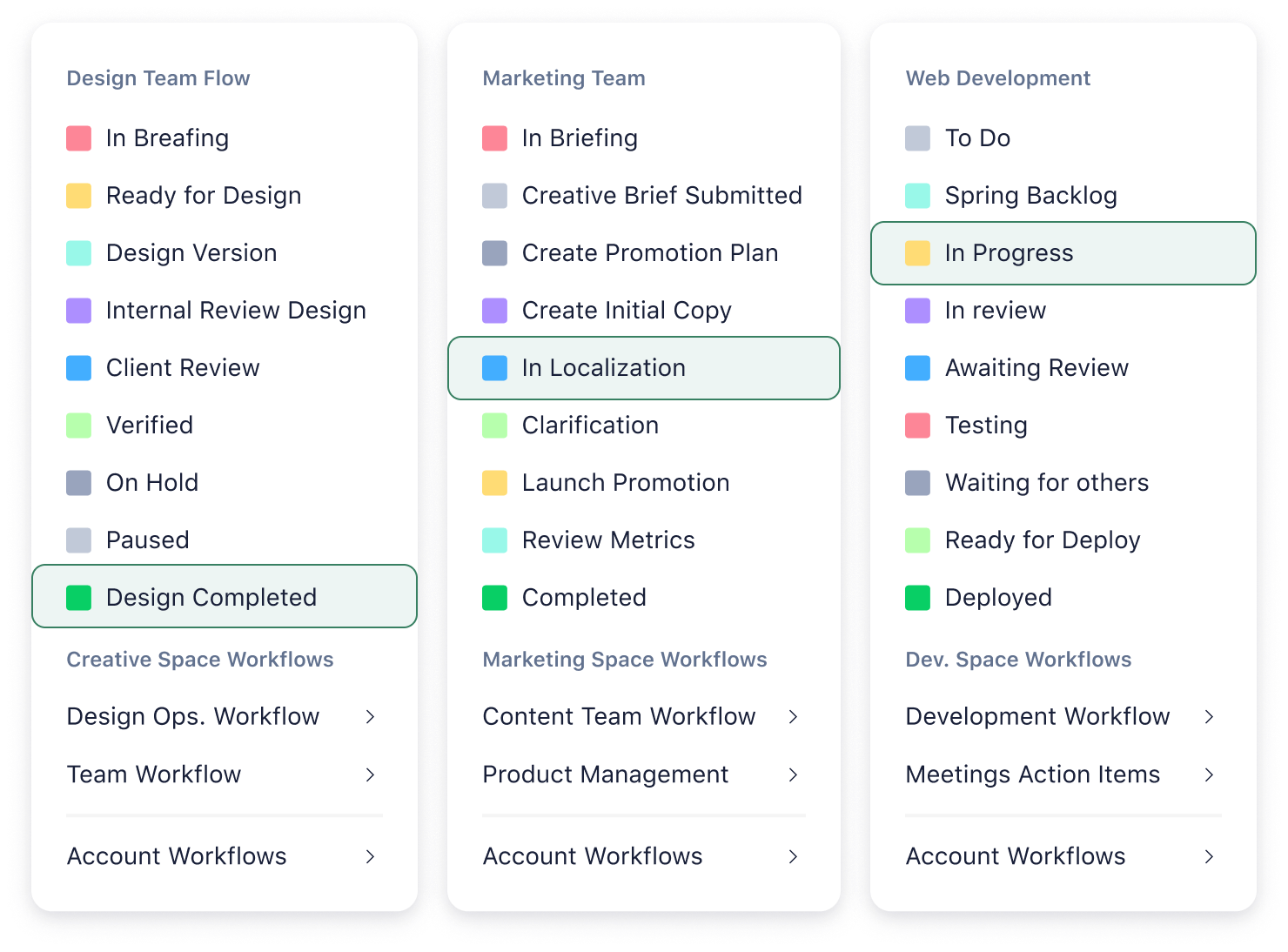

When your goal is true Scrum project management, you need to know that your software’s Agile features are robust enough to support your team. But it’s also important to find a tool that fits the specific needs of your industry.
When you’re researching tools, it’s helpful to track down information about:
- The platform’s inbuilt features
- The level of customization the platform offers
- The integrations you could add to your workflow
With a solid understanding of what new software offers in these areas, you can choose a tool with a good industry fit, which will adapt to your team’s needs as your offering scales or evolves.
3. Agile task management
Some of the features of Agile project management software are non-negotiable. You need a true product backlog and the tools to groom it correctly. You need a separate sprint backlog, with features to delegate the tasks effectively. You need detailed task-tracking tools to measure the progress you’re making within a sprint, and you need a way to monitor the effect each increment has on the project as a whole.
Lots of teams choose a basic, drag-and-drop Kanban board for Agile task tracking. But for true Scrum work, you need software that moves beyond the idea of sticky notes on a wall.
The best Scrum project management software includes an automated Kanban board to track progress live, tools to record a complete task history, and additional widgets and visualizations to enhance your Scrum boards.
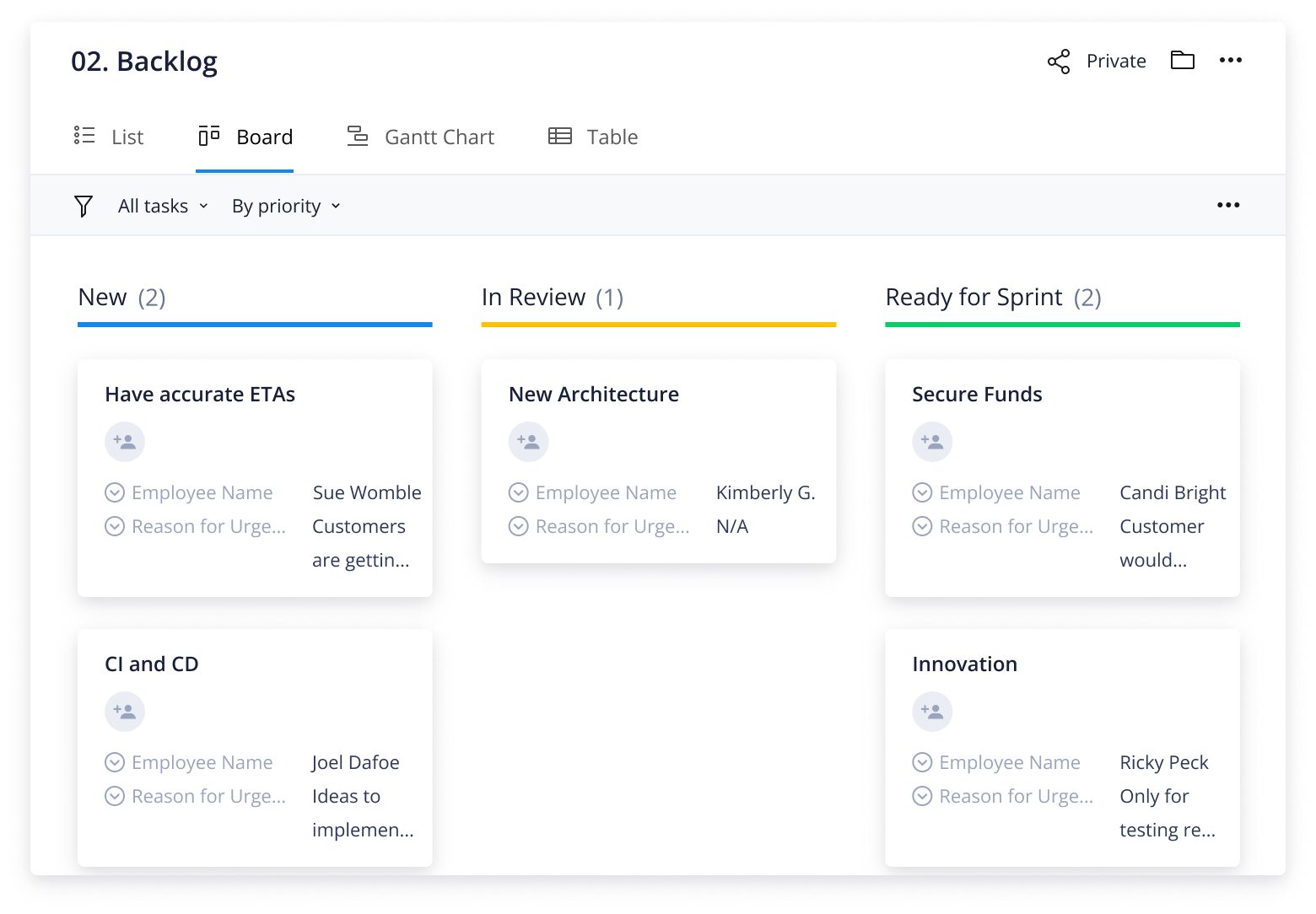

When you’re choosing Scrum software, don’t just look for a checkbox to show that it has some Kanban functionality; find out more about how that Agile visualization is integrated into the task and progress tracking throughout the sprint. Those are the features that take your Scrum boards from a vague plan to a watertight overview, and bring the transparency and communication Scrum projects need to succeed.
4. External sharing
Your Scrum projects will be more successful if your management software streamlines communication.
Crucially, you should look for tools to speed up messaging and resource sharing, as this will help you work more efficiently during a sprint. And while some tools focus on improving communication between your project team and product owner, it’s just as important to consider how you’ll make the information available to your clients, external stakeholders, and even outside vendors.
When your Scrum software creates a central hub for communication, you make your process more transparent and collaborative. It also breaks down information silos and increases accountability, all of which creates the spirit of adaptability and idea-sharing that’s essential to the Agile framework.
5. Detailed reporting
Sprints move quickly, and the Scrum master’s role is to respond to issues as they emerge. Their ability to do this depends on the quality of their sprint and project overview.
Scrum management software doesn’t just need to help Scrum masters pull data and write reports; it should do this for you, automatically and live.
Some project management systems turn reporting into a data entry process. All this does is waste time and leave you open to expensive errors. But if your software can track the current status of your iteration and the project as a whole, alert you to risks, and help you find the best way out of a crisis, your team can stay ahead of problems and achieve consistently successful sprints.
The quality of your software’s reporting features can also drastically improve the productivity of your daily Scrums. When your Scrum master can generate reports on the exact metrics that show your success, they can keep everyone on the same page, identify solutions, and share this information much more efficiently.
I’ll be the first to admit that these five features are important in all types of project management, not just Agile. For Scrum teams, though, they’re indispensable. If you’re at the point where you’re comparing Scrum tools, this is where you want to focus your research and compare platforms directly.
But while you might start by prioritizing certain features, you’re more likely to find a scalable, long-term solution for your team if you look for Scrum management software that covers all of these bases in one place.
In fact, because of the high-quality overview and investigation features these all-in-one platforms offer, they make it much easier to apply the Scrum principles of transparency, flexibility, and adaptability to your work.
Wrike is a complete, adaptable project management platform that’s perfect for Scrum teams of any size. While other project management platforms weren’t built with Agile in mind, Wrike is based on the principles of progress tracking and centralization, which makes our tools perfect for Scrum project management – whatever industry you work in.
Wrike: The best software for Scrum project management
Let’s look at Wrike’s Agile features in detail, so you can see the benefits for Scrum masters, product owners, development teams, and their final products.
Build your perfect Scrum board
The Scrum board is the heart of Agile project management. It gives structure to the Scrum cycle, shows the product owner the best way to prioritize the tasks, and communicates this information to the development team.
When you work in Wrike, your Scrum board is totally customizable, so you can view your upcoming tasks, your progress, and the flow of work in the way that fits your team.
This also gives you total flexibility over the structure of your board. If, during your sprint retrospective, you decide to experiment with a new way of working, Wrike helps you adjust your setup and test out a new method – without losing any of the data from the previous version of your process.
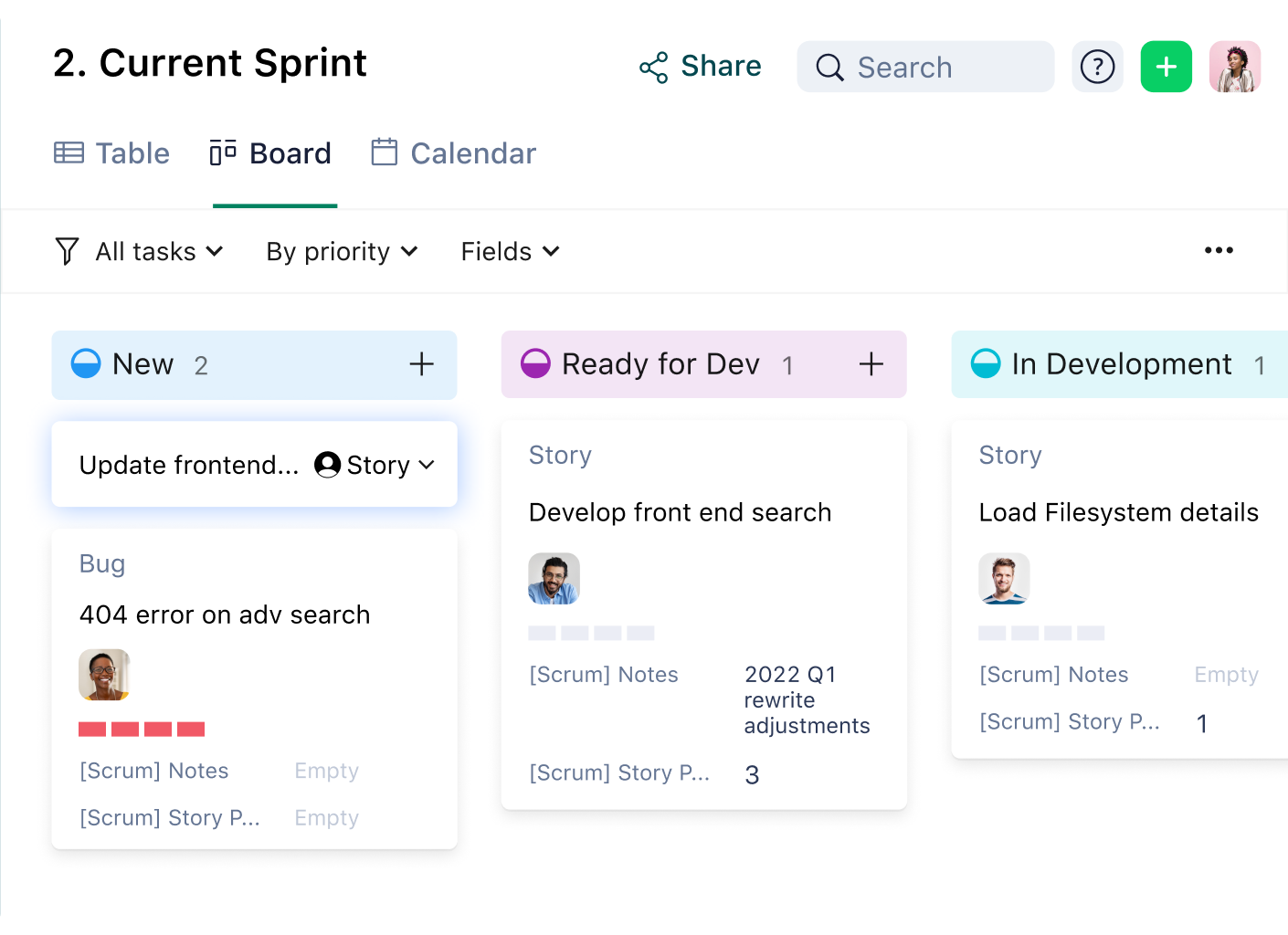

Our Scrum boards promote transparency and save time by making a complete, shared overview available to all the project’s stakeholders. These boards:
-
Break down information silos, which speeds up the project work and gives your team the resources they need to complete their tasks successfully
-
Organize your tasks by visualizing your team’s priorities and the flow of work
- Eliminate time-consuming check-in meetings with individual team members, for example, as the Scrum master prepares for the next review
These features mean your team spends less time asking questions and requesting information, and more time on the deep, focused work that clears tasks from your backlog and moves your sprint forward.
Visualize your goals
One of Scrum’s core principles is visibility. All the moving parts of your project should be visible, so everyone is clear on their roles and responsibilities. With Wrike, this transparency is built in throughout your software.
When you add your project and sprint tasks to Wrike, they exist throughout your project space. Then, you can view each task from multiple angles, without the need to duplicate it or move it around the space.
For example, if one of your upcoming sprint tasks involves creating a presentation, the task can appear in your master Kanban board and task list, and in the personal dashboards of the people responsible for completing the work. Then, details on the time and effort that have gone into the task could translate into a percentage completion bar, and contribute to sprint visualizations like a burndown chart. The best part is, all these visualizations update automatically whenever the task changes status, so this visual record of the task progress is always available and always up to date.


With Wrike, you can visualize your Scrum cycles from every possible angle, including:
- Dynamic Kanban task tracking, for a quick overview of your workload and the bottlenecks in your process, and easy access to the entire history of the task recorded on the card
- Gantt charts showing the critical path to the end of the iteration or the next milestone in the project
- Burndown and burnup charts to show your progress through the sprint and forecast the results
- Pie charts and bar graphs, which can include a visualization of task ownership, to show what still needs to be done to complete your sprint as planned
All these features make it easier to keep your team aligned, no matter what format they prefer to work in.
Manage your resources wisely
From the cohesion of your team during Scrum meetings to the quality of the product you deliver, your sprint success comes down to the way you manage your resources.
Here, Wrike has you completely covered.
In gathering the information to assess your team’s needs and make decisions about resource management, you can use:
- Comprehensive, dynamic request forms to add new items to your backlog, so you can accurately assess the urgency of the task and the work it involves
- Prioritization features, including tools to show tasks that need immediate attention, and dynamic task dependencies that help you reprioritize if the status of one task affects the others in your backlog
- Risk reports to alert you to tasks at risk of missing their deadlines or overrunning their budgets while you have time to adjust your plan
- Machine learning to note patterns in the ways your team members complete their tasks and their historical performance on recurring task types
Then, Wrike also has features to delegate your work and resources most effectively:
- Dashboards to view your team’s capacity and see who’s able to take on more during the next sprint
- Instant notifications, so when a new task is assigned, the person it’s assigned to knows it, views it in their dashboard, and starts work right away
- Time tracking, billable hours tracking, and budget tools to keep your team on track once work on those tasks begins
All of this leads to a clearer and more streamlined structure, which helps you achieve more with your available resources during each sprint cycle.
Record your experience and apply what you’ve learned
Reporting – specifically automated reporting – is a must-have feature in any Agile project management platform. It’s also one of Wrike’s core strengths.
Wrike’s reports are powered by the real-time, granular data that’s generated when you use the time tracking feature and move your tasks through your workflow. But while other platforms might present this data in complex spreadsheets, we filter it for you so you can uncover insights and action items with ease. You can even set up a reporting dashboard to showcase all your team’s metrics in one shared location.


- For Scrum masters, these records show how the team might be experiencing the sprint. They give you an instant sense of who is underresourced or where bottlenecks are forming.
- For product owners, they maintain big-picture visibility and help ensure the work in the sprint is progressing toward the wider project goals.
- For the development team, they show them how their work impacts the big picture, and help them identify and vocalize the areas for improvement.
These reports and task records are also a fantastic way to share your progress with your clients or external stakeholders. To share and discuss your results, either adjust Wrike’s permission roles so they can access your dashboards at any time, or send them snapshots of your progress by email or Slack.
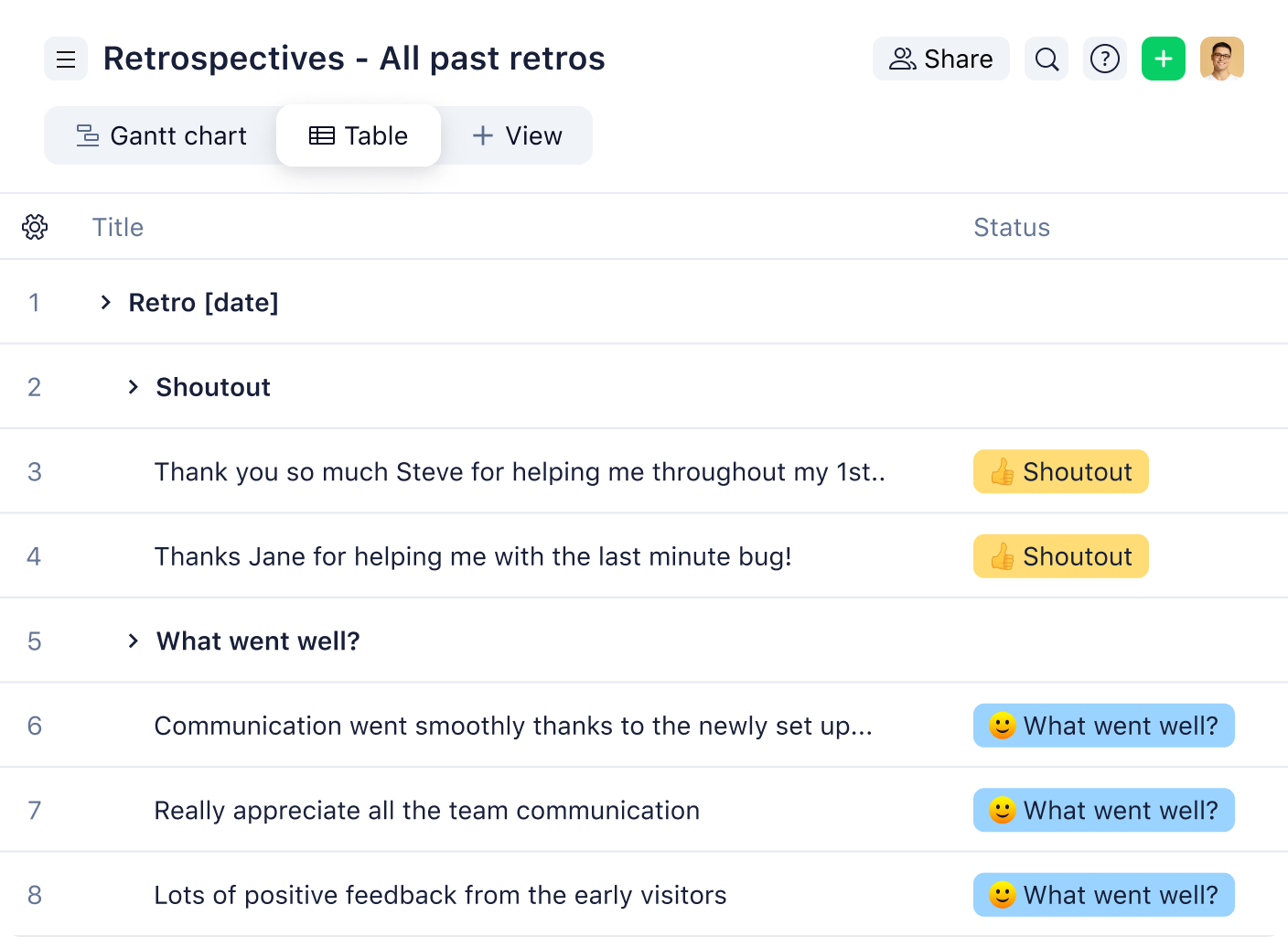

Finally, reports help you make the most of all your key Scrum ceremonies: standups, sprint reviews, and retrospectives.
Here, they give you facts to present to your team, rather than impressions alone. When this information is presented clearly and transparently, it’s easier to find ways to adjust your process and take a more streamlined approach to your next sprint.
Accelerate your sprints with Agile templates
Wrike was developed with a range of teams and industries in mind, and every aspect of our project management software can be tailored to the way your team prefers to work.
With this in mind, our platform includes a full library of customizable project management templates to help you get your workspace up and running.
For Agile teams, these are some of my favorites:
- Software development template: This template adds automated request forms and custom item types to your workspace. It’s set up to tackle bugs, user stories, and feature requests in sprints, so it’s the perfect starting point for Agile software teams.
- Agile teamwork template: This template is designed to help teams structure an Agile workflow, track their progress, and make the most of their sprints, reviews, and standup meetings. Alongside custom workflows and automation rules, it includes folders to organize your Agile workspace and a team calendar for high-level planning.
- Sprint planning template: This template sets you up for more focused sprints, with features to define and track task ownership and set clear priorities for your backlog work items.
- Sprint retrospective template: This template helps you organize your sprint retrospective by gathering the feedback and action items you need to keep in view. Because you’ll use this template within your Scrum team workspace, it’s easy to create and delegate new tasks based on the results of the retrospective.
- Release plan template: This Agile template helps you manage complex releases in practical, step-by-step plans. The focus is on task management and progress tracking, and your workspace acts as a roadmap for every iteration of your product. It prioritizes timelines and calendars alongside your Kanban view.
All these templates can be installed into an existing Wrike workspace, or you can use them as a starting point when you first start to work with the platform.
Best practices for Scrum management
Once you’ve implemented your software and onboarded your team, you can start working with a true Scrum methodology – and reap all the benefits of speed, productivity, engagement, and product quality.
In the Agile spirit of continuous improvement, keep these best practices in mind as you start to work with your new tools.
- Align your software with Scrum values: As I’ve mentioned, it’s important to choose tools built for Scrum. If you need to search for new software to complete your business processes, look for ones that integrate with your project management software. This will help you stay streamlined and avoid process gaps as your projects grow. Find out about Wrike’s apps and integrations here.
- Keep your backlog organized: Backlog grooming is an essential task in Scrum management. It aligns your team’s energy with the most pressing needs and helps you approach tasks in a logical order.
- Choose your Scrum board metrics wisely: A Scrum board is there to keep your team on track for your current sprint goals, not to show every KPI relating to your project. Be particular about the metrics you display to your entire team, and be prepared to customize your Scrum board based on feedback and current priorities.
- Automate to support Scrum ceremonies, not replace them: Generative AI is invaluable for project management tasks like reports and meeting prep — but it should be used to prepare for Scrum meetings, reviews, and retrospectives, and not to replace the exchange of ideas. These discussions are crucial for uncovering problems with your system and opportunities for improvement, and with automated reports to back up the decisions, they can be even more effective.
Plan to evolve: The best Scrum management tools start with the basic artifacts and then scale when you need them to. When your chosen software helps you optimize your workflow, implement feedback, and take a custom approach to new sprints, you can adapt without compromising the essential Scrum framework that drives your projects to success.
Empower your Scrum teams with Wrike
Whether you’re an experienced Scrum master fine-tuning your process or you’re just starting with Agile, the right software can take your Scrum management from basic planning and firefighting to proactive, adaptable, collaborative success. The best way to get there is with Wrike.
